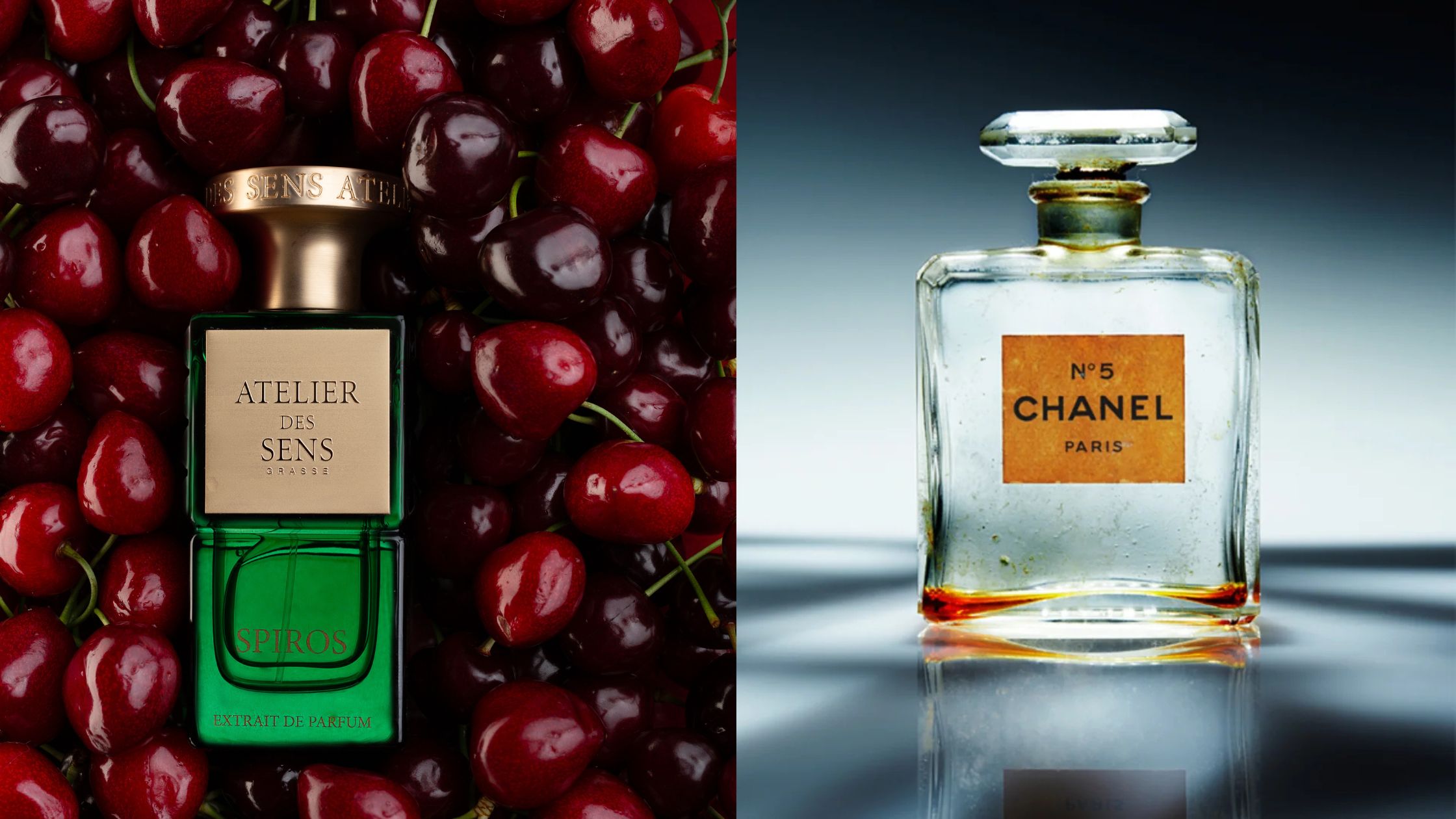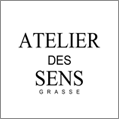The choice between designer and niche fragrances goes way beyond the reach and influence of picking a scent you like. Mass-market designer brands and specialised niche houses divide the fragrance world. Each brings its own unique approach to perfumery.
Fashion powerhouses like Dior, Chanel, YSL, and Armani create designer fragrances that dominate department store shelves. Niche fragrances made their mark at the end of the 20th century as a response to mass production. These brands dedicate themselves purely to perfume making. The distinction runs deeper than their origins. Designer perfumes create familiar scent profiles that appeal to broader audiences. Niche perfumes take a different path with distinctive, often unconventional scents for a selective clientele. Niche brands’ commitment to quality shows in their use of premium ingredients, including natural essential oils and plant extracts. This quality comes with a higher price tag.
This piece explores the fundamental differences between these two fragrance categories. From creative philosophies to production methods and price points, you’ll learn what sets them apart. We’ll help you find your perfect scent, whether you’re a fragrance enthusiast or just curious about niche perfumes and their value proposition.
What Defines Designer vs Niche Fragrances?
Designer and niche fragrances differ fundamentally in their core purpose and creation philosophy. These unique approaches determine everything from ingredient choices to marketing strategies.
Brand Philosophy: Fashion House vs Perfume-Only Brands
Designer fragrances come from fashion houses that create perfumes to extend their brand universe. Dior, Chanel, and Gucci see fragrances as complementary products among their clothing, accessories, and beauty lines. These brands treat perfume as one piece of their larger portfolio. Large fragrance corporations like Coty, Estée Lauder, or LVMH often handle the licensing and production. Niche fragrance houses dedicate themselves purely to creating perfumes. Companies like Parfums de Marly or Amouage put scent creation at their core rather than treating it as a brand extension.
Creative Direction: Market Trends vs Artistic Freedom
Creative approaches set these categories apart. Designer fragrances aim for broad appeal, and commercial success takes priority over artistic expression. Fashion houses create scents that follow market trends with familiar scent profiles. Their fragrances go through extensive consumer testing to ensure mass market success.
Niche brands welcome creative risks. These perfumers focus on artistic vision and originality without pressure to please everyone. Master Perfumer Nathalie Feisthauer, who has worked in both worlds, says niche perfumery allows “a more sincere, unrestricted form of creation” and lets creators use “exquisite raw materials which larger companies might find economically unviable”.
What is Niche Perfume? A Quick Overview
Niche perfumes are speciality fragrances made in smaller batches with limited availability. You won’t find them marketed through traditional channels or celebrity endorsements. Their name reflects the exclusivity, originality, and craftsmanship they offer.
These fragrances make up about 12-15% of the global perfume market and grow at nearly 12% annually—substantially faster than the 2-5% growth in the selective network. Quality ingredients are the priority for niche brands. They often use rare or unusual components to create complex, distinctive scents that stand out from mainstream offerings.
Production and Ingredient Quality
The way fragrances are made sets designer and niche perfumes apart, going well beyond their brand philosophies and creative approaches.
Batch Size: Mass-Produced vs Small-Batch
Designer perfumes rely on large-scale manufacturing with massive resources to produce thousands of similar bottles. Their industrial approach will give a consistent quality in global markets through widespread distribution. Niche fragrances take a different path. These artisanal houses make perfumes in limited quantities—usually just hundreds of bottles per batch. This smaller scale lets them focus on detailed quality control and add their personal touch.
Ingredient Sourcing: Synthetic vs Rare Naturals
Designer and niche brands choose their ingredients quite differently. Designer brands mix natural and synthetic components to keep costs down in mass production. Synthetic ingredients are a great way to get consistency, longevity, and affordable solutions for large operations. Niche perfumers take pride in using rare and exceptional natural materials. They work with genuine jasmine absolute, aged patchouli, and wildcrafted oils—ingredients that wouldn’t work in mass production. Many niche houses showcase exotic, high-quality naturals in their formulas. Real oud comes from just 2% of agarwood trees, while iris needs 500kg of aged bulbs to make 1kg of essential oil.
Perfumer Involvement: In-House vs Independent Artists
Large fragrance corporations create designer perfumes through teams of perfumers who match market research with brand identity. These corporate brands usually keep their perfumers’ names private. Niche houses do things differently. They celebrate their creators and put them in the spotlight. Many successful niche brands build their identity around independent artists. These perfumers’ unique styles become the heart of their brand’s story.
Price and Accessibility in 2025
Designer and niche fragrances show remarkable price differences in 2025. These differences go beyond just the cost and affect how these perfumes reach customers.
Average Price Range: $80 vs $250+
The price gap between designer and niche fragrances tells a clear story. Designer perfumes stay under $150 to reach more customers. These brands can keep prices down because they make perfumes in large quantities and still spend big on advertising.
Niche fragrances cost much more because they use special techniques and rare ingredients. The luxury market has different levels: you’ll find starter options ($100-200), premium blends ($200-400), rare collections ($400-800), and custom experiences that cost over $800.
Availability: Department Stores vs Select Boutiques
You can find designer fragrances almost anywhere – department stores, online shops, and drugstores. Big names like Prada, Tommy Hilfiger, and Armani sell their products through these common channels.
Niche fragrances take a different path. They stay exclusive by making limited quantities and selling through carefully chosen stores. Most people can only find these special scents in luxury boutiques or directly from the makers.
Marketing Costs: Celebrity Endorsements vs Word-of-Mouth
Designer brands pour money into traditional marketing with famous faces, flashy ads, and strong branding.
Niche houses work differently. They build their reputation through quality craftsmanship and customer recommendations. These smaller brands focus on making exceptional perfumes rather than spending on huge marketing campaigns.
Scent Profiles and User Experience
The way designer and niche fragrances smell sets them apart, creating two distinct sensory experiences for people who wear them.
Scent Complexity: Familiar vs Experimental
Designer fragrances stick to crowd-pleasing combinations with familiar notes. These available scents showcase bright florals, clean citrus, or soft woods that feel comfortable and versatile. Niche perfumers take a different approach – they boldly try unconventional combinations like leather with violet or smoky vanilla warmed by resinous oud. These creators don’t worry about mass appeal, which lets them create polarizing scents that put artistic expression ahead of universal acceptance.
Longevity and Sillage: Performance Differences
Quality ingredients affect how long a fragrance lasts and projects. Niche perfumes pack 15-30% perfume oil compared to designer’s 5-15%, so they last 8-24 hours instead of just 4-6 hours. Their higher amount of premium natural materials creates better longevity and refined projection. This focus on potency creates fragrances that develop beautifully throughout the day.
Personalisation: Custom Blends and Limited Editions
Some niche houses offer tailored experiences where perfumers create custom formulas for people who want something unique. This process involves learning about your priorities, memories, and personality. Your unique formula—which can cost €325 or more—becomes exclusively yours, and the house keeps it on file for future orders. Niche brands’ limited editions provide another path to uniqueness that mass designer fragrances can’t match.
Comparison Table
| Aspect | Designer Fragrances | Niche Fragrances |
| Brand Focus | Integrated within larger fashion houses | Dedicated solely to perfume artistry |
| Creative Approach | Trend-driven market strategies | Bold artistic expression and innovation |
| Production Scale | Large-scale manufacturing | Limited batch crafting |
| Ingredient Quality | Balanced synthetic and natural components | Premium natural ingredients and rare materials |
| Perfume Oil Concentration | 5-15% | 15-30% |
| Average Price Range | Under $150 | $200-800+ |
| Distribution | Widespread retail presence | Exclusive boutiques and direct sales |
| Marketing Strategy | Major campaigns with celebrity faces | Personal recommendations and authentic storytelling |
| Scent Profile | Popular, mainstream combinations | Unique, boundary-pushing compositions |
| Longevity | 4-6 hours | 8-24 hours |
| Target Market | Broad consumer appeal | Discerning fragrance enthusiasts |
| Perfumer Recognition | Behind-the-scenes creators | Celebrated master perfumers |
Conclusion
Designer and niche fragrances take two completely different paths in scent creation. Designer brands focus on mass appeal with familiar scents that everyone likes. Niche houses take more artistic risks and create unique scent profiles. This core difference affects everything from their choice of ingredients to how they market their products.
The quality gap between these two becomes clear in their production methods. Designer brands mass-produce their fragrances and use both synthetic and natural ingredients to keep thousands of bottles consistent. Niche perfumers work in small batches with higher concentrations of premium ingredients. Their products are more complex and last longer on the skin.
The prices tell a similar story. Designer fragrances are available to more people at under $150 through regular stores. Niche fragrances cost between $200-800+ because of their exclusive nature, handcrafted methods, and better ingredients.
Your personal preferences will guide your choice between designer and niche fragrances. Designer scents offer friendly, popular fragrances at reasonable prices – they’re perfect for daily use or as a starting point in fragrance exploration. Niche options provide unique quality, originality, and staying power if you’re ready to invest in distinctive personal scents.
Each category plays its own role in the fragrance world. Designer perfumes create widely likeable, accessible scents. Niche houses redefine the limits of creativity with their artistic freedom and exceptional ingredients. Understanding these differences helps you choose the right scent, whether you prefer familiar comfort or want something truly unique in your fragrance collection.




